Shimano GRX Components: At the Finish – by MG
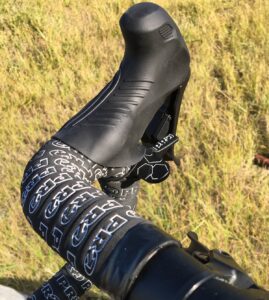
As the deep freeze of winter begins to break, it’s time to wrap-up our long term review of the world’s first dedicated gravel groupset, Shimano GRX. Since late summer of 2019, Guitar Ted and I have put in thousands of miles on our GRX-equipped bikes. In that time, we’ve formed strong opinions about the group’s performance and applicability to modern gravel bikes.
Be sure to catch up on earlier installments of our review, if you haven’t already.
Expanding Possibilities
Calling GRX a component group isn’t really accurate. With three levels of mechanical drivetrains and one electronic Di2 drivetrain, with 1x and 2x variants at each level, Shimano made GRX an entire family of drop bar, dirt-going components. Guitar Ted broke down the GRX hierarchy well in his introductory post, but the bottom line is that there are GRX options for riders across the budget spectrum.
Though we haven’t tested the lower-level GRX parts, Shimano has a long history of bringing the performance of their upper-end groups down to lower price points. We expect performance to be similar, though you can expect a bit of extra weight and slightly shorter lifespan in return for the reduced cost.
Guitar Ted on GRX 1x
“Shimano’s GRX 1x group was a bit of a surprise for me in terms of how I got along with it. You see, I did not come into this being a fan of a single chain ring set up. I had been using a SRAM Force 1×11 set up previous to receiving the GRX 1×11 and I really didn’t care for the gearing.

“So, my surprise came right away on the first ride when I felt the smaller gaps between gears on the 11-42 XT cassette. It was that closer ratio jump, especially in the mid-range of the cassette that made the difference. In addition, GRX shifts so seamlessly that it seems almost automatic. Lever throw is minimal, and the shifts snick off with so little effort or noise that you sometimes wonder if it actually shifted!
“This performance continued throughout the test period. I found no reason to fault the system as a whole. It just works really well. Quiet, smooth and stable are the words that come to mind.
“My only disappointment was that I did not get to try the dummy left lever with the PRO dropper post, as the correct post for my application was not available during the test period. However; the fact that Shimano thought to use the left lever as a release for the dropper post is brilliant. I suspect it would make a great addition to the GRX group for those who want that feature on their drop-bar adventure bikes.”
GRX 2x
I feel both 2x GRX groups – Di2 and Mechanical – are a major step forward for dirt-loving drop-bar cyclists. They offer gearing that’s dialed for the riding I do, with shifting that’s second to none. Both groups have been completely reliable, and battery life on the Di2 group has been more than adequate.
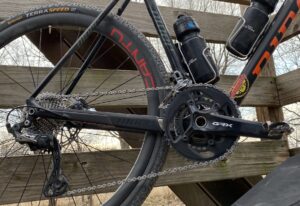
The ergonomics of the GRX Di2 levers are very good – a clear step forward, particularly for folks with smaller hands, or who ride their drop bar bikes on singletrack. I love the feel of the brakes with the Di2 levers’ raised pivot point.
With that said, I didn’t ever feel like I had less braking power or control than I needed when riding the GRX mechanical levers (which have a lower pivot point). I have pretty large hands, so I also don’t mind the ergonomics of the slightly wider, longer GRX mechanical lever body.
There are a few advantages Di2 brings to the table, particularly when running a 2x drivetrain. First, shifts take much less effort to complete than with a mechanical drivetrain, since all you’re doing is pressing a button, instead of pulling a cable through a housing. There’s no friction, and the amount of movement required is much less with the Di2 shifters.
Shifting between the chainrings is easier as well. Di2 shifting can be set to automatically make compensating shifts with the rear derailleur whenever the front derailleur is shifted. We typically make these compensating shifts with mechanical drivetrains too, but it takes manipulating both shifters to do. With GRX Di2, both derailleurs shift with one button click. That’s awesome, from my perspective.
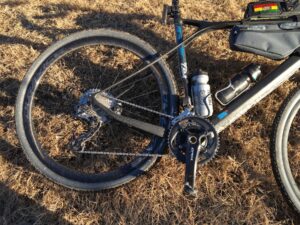
Over the course of a long ride or event, the reduction in shift effort can make a major difference in hand and forearm fatigue. That’s the primary reason I’d choose the Di2 drivetrain for any event of 150 miles or longer.
For shorter events, I’m fine with the effort required to shift the GRX mechanical drivetrain. As mechanical drivetrains go, the shifting is very light and precise. And while it’s true the Di2 drivetrain shifts even better, and more consistently, there’s something about the ‘feel’ of a mechanical drivetrain that I still love.
I also know better how-to work on the mechanical drivetrain, should something go awry in the middle of a ride. That said, neither GRX drivetrain has given me any issue or problem on a ride, despite having well over 1,000 miles on each drivetrain.
Overall, my experience with 2x GRX was similar to Guitar Ted’s experience with the 1x group – quiet, smooth and stable in any conditions.
GRX Brakes
Guitar Ted and I are on the same page as far as the GRX brakes are concerned as well. While there are a number of excellent drop bar disc brakes on the market today, from our perspective, GRX sets the new braking standard.
“I’ve tried several brands in both mechanical, hybrid cable/hydro, and full hydraulic,” Guitar Ted said. “The GRX brakes just are so much more positive in terms of feel, not too powerful, and very quiet. The lever gets progressively harder to pull as the travel of the lever increases, giving you a good, positive feel, but with a great amount of modulation – the perfect balance, really.”
GRX Wheels
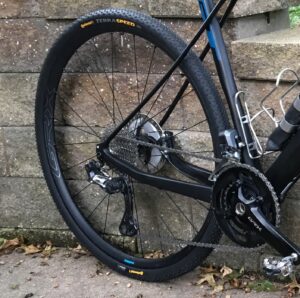
Shimano’s GRX wheelset offers up excellent performance, particularly considering their very reasonable $420 price tag. They spin up easily and roll smooth. Tubeless setup was easy with each of the tires I tried, including models from Continental, Maxxis, WTB, Vittoria and Compass/Rene Herse.
“The GRX wheels are of the same high quality as older Shimano mountain wheels I have tried, but with less weight,” said Guitar Ted. “The tubeless set up with a few different gravel tires tried was easy.
“These wheels feel great, and would make for a great set of everyday wheels for anyone’s gravel rig.”
The Final Word
Shimano hit a home run with its GRX group. 1x; 2x; mechanical or Di2… The choice is up to you, but all are excellent. If you’re in the market for a new gravel or adventure bike, or are looking to upgrade your current ride, GRX is worth considering.
“I feel Shimano has done the right thing in introducing a completely new group, which is not MTB, nor Road, for this segment of cycling,” Guitar Ted said. “It is an unprecedented move, and it shows that Shimano is listening to what the cycling market wants. This GRX group is merely a starting point for what I hope to see grow and mature into even better solutions for the gravel/back road adventurers. Well done, Shimano!”
Well done indeed. Learn more about Shimano GRX at Gravel.Shimano.com.
Please Note: Shimano sent the GRX components for test and review to Riding Gravel at no charge. We are not being paid nor bribed for this review and we strive to give our honest thoughts and views throughout.


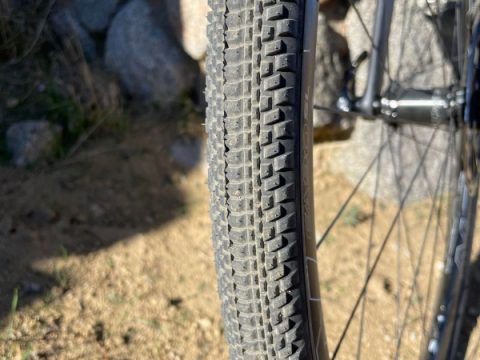

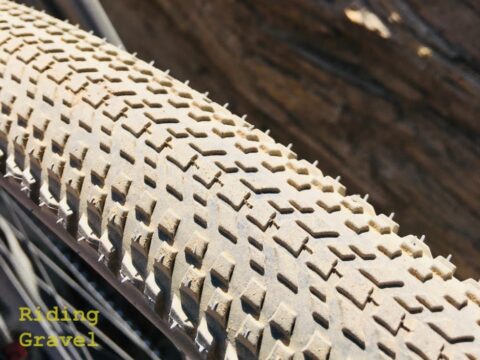
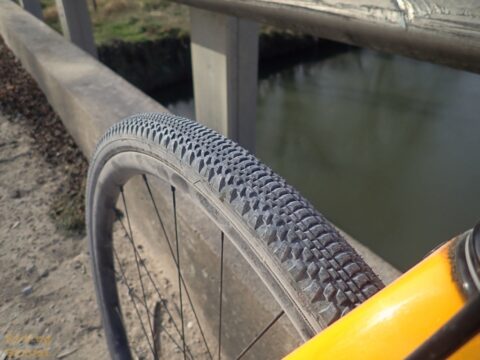
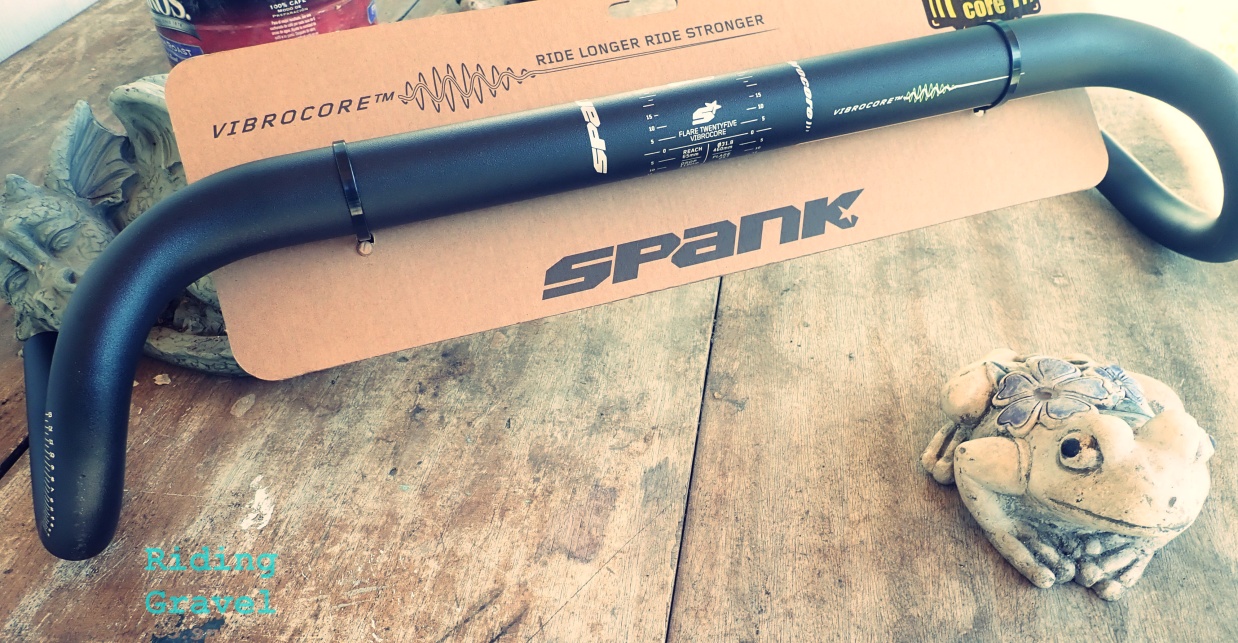
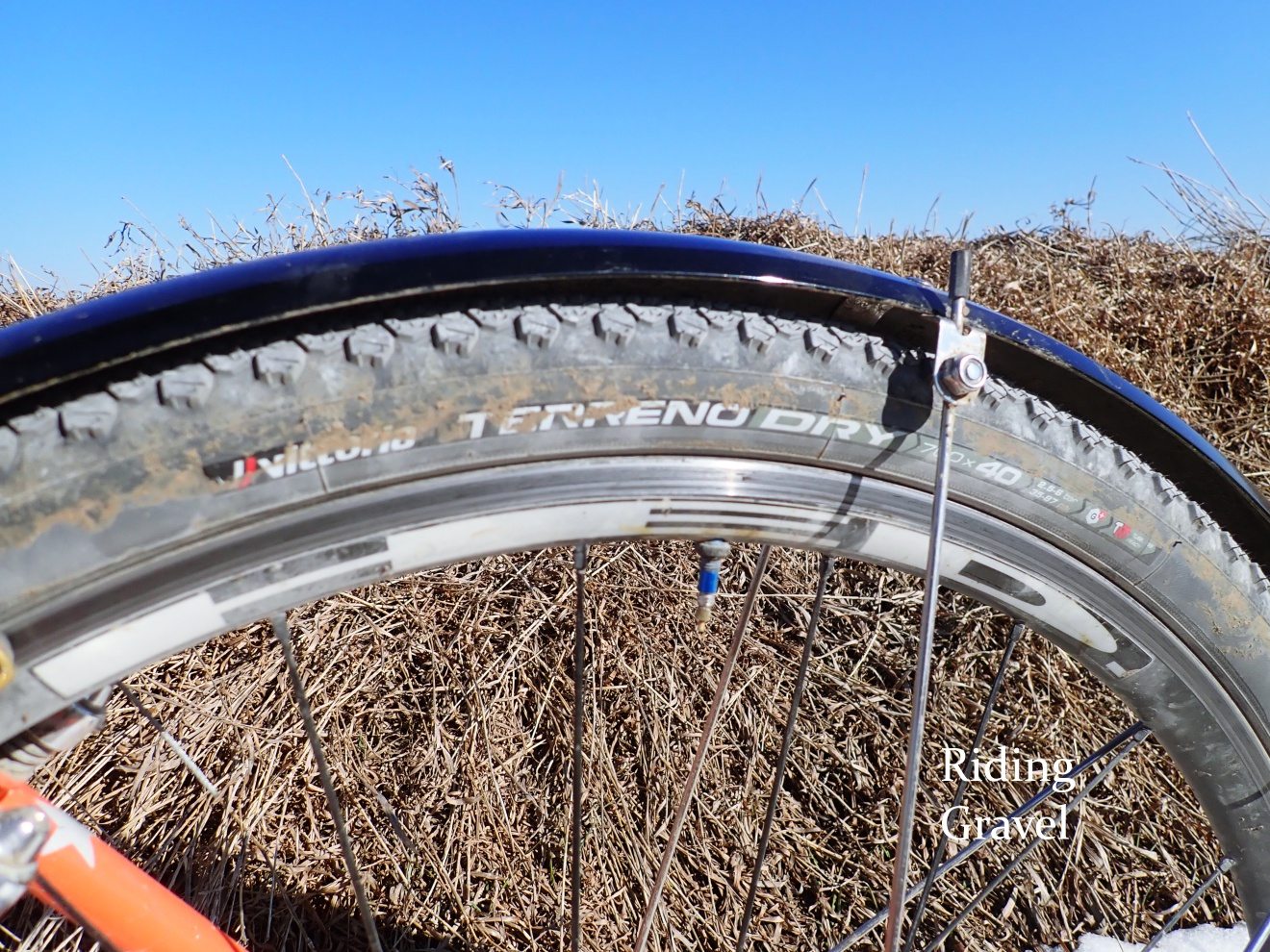
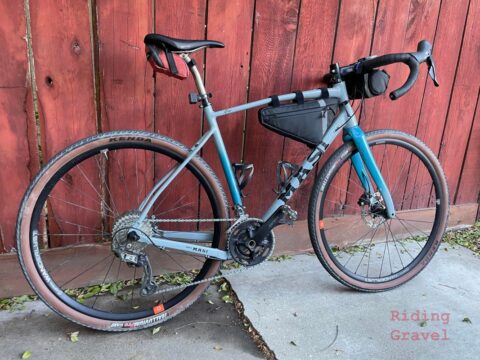
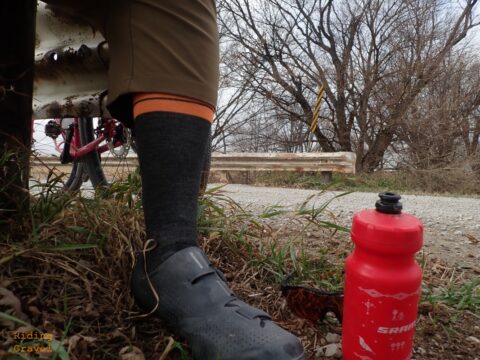

So I can’t perfectly tell from the pictures, but it looks like you are running the GRX “cross levers” as part of your setup. It that correct and how do you like them? I run cross levers with my all-road bike and really like them for the more MTB descents, but adding in another lever to the system makes the feel at the road lever less than amazing.
I recently built up a bike with GRX and the sub brake levers. They work really well and had no ill effect on the feel of the regular brake levers.
However, I ended up removing them because they took up too much real estate on my bars. (This is due, in part, to the width and shape of my bars; may not be the case for others). I needed more space to mount lights as I do a fair amount of night riding. . I do miss them, but the brakes work so well that I don’t feel they are necessary.
I managed to talk my buddy, who is building up a new quasi-gravel machine, to go with GRX over a stock Ultegra build because of some of the unique features you mention. For my own bike however, I can’t help but note that the braking function especially is markedly inferior to the latest generation of Campagnolo disc brakes, and I’ve always loved that shifter design, so despite the lack of a clutch I’m going to go that direction.
Hey @Ron – Thanks for your perspective, but I have to disagree on your assessment of the GRX brake feel. I can’t argue the new Campagnolo levers are very nice from an ergonomics standpoint, but the GRX brakes have Campy’s latest offering covered handily from both a power and modulation standpoint. My experience with Campagnolo’s brakes is that their modulation is more influenced by their lack of power than anything, and the lever feel is anything but dynamic.
Also, for gravel riding, GRX’s textured hoods simply work better when my hands are flogged from 100+ bumpy miles.
For my money, I’d buy GRX 10 times out of 10. Campy’s parts look nice, but when you look at the bikes of top (non-sponsored) riders, you’ll see that from a performance to dollar standpoint, Shimano is unbeatable right now.
… but it’s great to have choices, isn’t it?
Thanks again for your perspective.
Hey @Chad Walton, Thanks for your question, as I completely forgot to mention the bar-top levers in the review. In short, they work great, and I find myself using them quite a bit. Since they’re hydraulic, they don’t affect the feel of the main levers whatsoever. When you’re using those levers, fluid simply passes through the bar top levers. No additional friction or reduction in brake feel. For what you’re looking to do, they should be a great fit.
Thanks again!
is it possible to use or combine the chainrings from 800 series and 600 series?
im thinking 165mm with a 48/30 but 165mm is only available in 600 series.
Hey @Michael – Thanks for your questions. The 1-tooth difference between the 30 and 31t rings isn’t significant enough to justify doing, especially when Shimano designed the shift ramps on the 48t big ring to work with the 31t small. The lower gear will be insignificant, but the compromise it could create in shift quality could be very significant. I’d just recommend going with the 31/48 800-series crank. If you want lower gears, swap the cassette out to an 11-40t XT model and add about three full links to the chain.